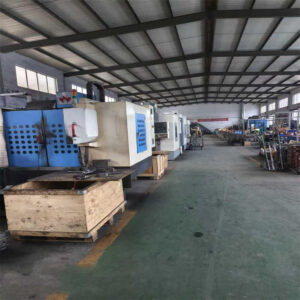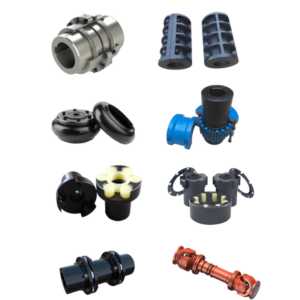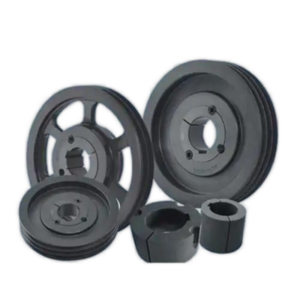Trade shows offer unparalleled opportunities for businesses to showcase products, network with industry peers, and generate leads. However, success requires meticulous planning and execution. Below is a streamlined process and essential tips to maximize your exhibition experience.
I. Pre-Show Preparation
- Define Objectives
- Clarify goals: Are you launching a product, building brand awareness, or generating sales leads?
- Set measurable targets (e.g., collect 200 leads, secure 10 meetings).
- Budget Planning
- Allocate funds for booth rental, design, travel, marketing materials, and staffing.
- Include a contingency budget (10–15% of total costs) for unexpected expenses.
- Select the Right Event
- Research industry-specific shows with your target audience.
- Review attendee demographics, exhibitor lists, and past participant reviews.
- Design an Engaging Booth
- Prioritize branding consistency (colors, logos, messaging).
- Use interactive elements (screens, product demos, VR) to attract visitors.
- Ensure clear signage and accessible layouts.
- Promote Your Participation
- Announce your attendance via email campaigns, social media, and website banners.
- Offer incentives (e.g., exclusive discounts, free samples) to drive booth traffic.
- Train Your Team
- Equip staff with product knowledge, elevator pitches, and lead-capture tools.
- Assign roles: greeters, product experts, and lead managers.
II. During the Exhibition
- Booth Management
- Arrive early to set up and troubleshoot technical issues.
- Maintain a clean, welcoming space; avoid overcrowding with furniture.
- Engage Attendees Effectively
- Smile, make eye contact, and initiate conversations with open-ended questions.
- Focus on listening to visitors’ needs rather than delivering rehearsed scripts.
- Capture Leads Systematically
- Use digital tools (QR codes, badge scanners) or forms to collect contact details.
- Tag leads by interest level (e.g., “hot,” “warm,” “cold”) for follow-up prioritization.
- Network Strategically
- Attend seminars, networking events, or competitor booths to gather market insights.
- Exchange business cards and schedule post-show meetings.
III. Post-Show Follow-Up
- Organize Leads
- Categorize leads within 24–48 hours while details are fresh.
- Share data with sales teams promptly.
- Initiate Follow-Ups
- Send personalized emails referencing specific conversations.
- Offer requested materials (brochures, quotes) and propose next steps.
- Evaluate Performance
- Compare results against initial objectives (e.g., lead conversion rates, ROI).
- Gather team feedback to improve future participation.
Key Considerations for Success
- Booth Location Matters
- Opt for high-traffic areas near entrances, food stations, or keynote stages.
- Prepare for Technical Glitches
- Bring backup devices, chargers, and printed materials as a contingency.
- Monitor Competitors
- Observe their booth designs and promotions without infringing on intellectual property.
- Dress Professionally
- Align attire with your brand image (e.g., formal wear for luxury brands, casual for startups).
- Time Management
- Schedule staff breaks to avoid burnout, ensuring the booth is always manned.
- Stay Compliant
- Adhere to venue rules (e.g., noise levels, booth height restrictions).
- Sustainability Practices
- Minimize waste with digital brochures and recyclable materials.
Final Tips
- Avoid Overpromising: Be transparent about product capabilities.
- Stay Energized: Hydrate, snack, and wear comfortable shoes.
- Leverage Social Media: Post real-time updates and engage with event hashtags.
By combining thorough preparation, dynamic engagement, and prompt follow-ups, your business can turn a trade show into a catalyst for growth.







